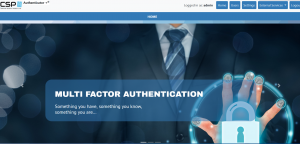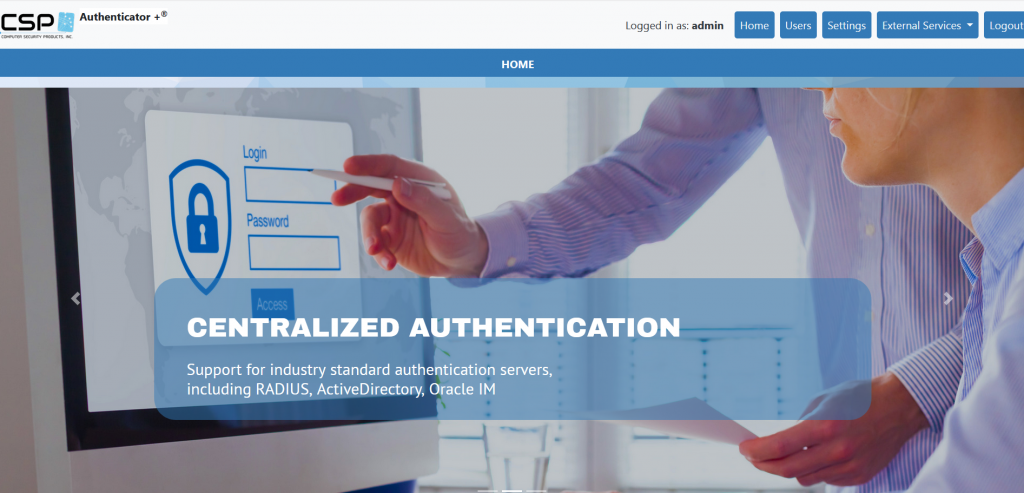What Will The Post-Pandemic IT Infrastructure Look Like?
IT and security teams face new challenges associated with the trajectory of IT infrastructure as organizations prepare for a new normal coming out of the pandemic. In a short time, the pandemic has established a new operating model for many organizations.
Modern IT infrastructure is becoming highly diverse and dynamic, leaving many IT and security teams with a growing complexity problem. The rapid shift to remote work has further exacerbated the problem, leaving many IT and security teams blind to the personal networks and devices powering their remote workers.
Digital transformation initiatives have also accelerated the use of modern cloud operating models, as businesses seize the opportunity to engage digitally within this new standard. Managing and securing this increasingly complex environment begins with a basic understanding of the individual IT assets involved in operating the business. From core business applications to productivity and collaboration tools, security teams must consider every part of the IT infrastructure.
Collectively, these assets represent an attack surface that must be protected against an ever-expanding threat landscape used by cyber-criminals to compromise infrastructure and carry out malicious activities. When IT and security teams lack visibility into any part of their attack surface, they lose the ability to meet security and operational objectives, putting the business at risk.
While the move to the public cloud was already well underway, the pandemic further accelerated the use of cloud-delivered productivity and collaboration tools while motivating businesses to expedite digital transformation initiatives, widely leveraging public cloud infrastructure.
These trends have spread data across a wide variety of infrastructure, multiple cloud service providers, and numerous SaaS applications, creating new complexity in securing and managing data privacy for critical data assets.
When IT and security teams lack understanding about where critical data assets reside, they cannot protect critical assets and uphold regulatory compliance laws.
Security Considerations for Cloud-Native Applications

Developers are under pressure to build and ship applications faster than ever and update applications frequently through automated processes. Corporations are now deploying applications developed on containers straight into production, managing them with orchestration tools such as Kubernetes, and running them in the cloud.
As a result, productivity increases, but so does the risk. Striking a balance between speed and security requires a strategy to proactively address cloud-native security requirements with developers and the operations team to ensure protection is built into the software development lifecycle. That allows an organization to detect security issues earlier in the development lifecycle without slowing down the whole works.
Organizations must implement a central security strategy to ensure secure access to information across the different cloud environments. The unified policies should govern access and control, regardless of whether the security gateways and services are located onsite or on the Cloud.
An organization has to consider deploying the right security solutions for cloud-based business operations. Strengthening network and IT infrastructure security are crucial for businesses. When it comes to cloud security, it is not just about simply placing a firewall at the peripheral of the cloud Infrastructure. From a security standpoint, it includes a comprehensive analysis of the current policies, procedures, and security standards that are in place.
Depending on the findings and current security stance, the organization will have to implement numerous security tools, including Intrusion Prevention and Detection Systems, Identity Access Management, and Multi-factor Authentication.
The use of Identity and Access Management (IAM) within cloud application deployments will become more relevant as organizations modernize security approaches and technologies to align with access to the public cloud. Identity management lets you define core identities for all resources and users, provide access to those resources, offer a centralized, enterprise-wide mechanism to store and read those identities, and manage how you can operationally leverage each.
Minimizing Security Gaps With
CSP Authenticator+

Modern authentication methods represent a more robust security structure, and also provide a better user experience when logging into applications. MFA also makes it easier for auditors to get answers to critical compliance questions; providing information such as which users are granted access to which system, and also how the access policy is being reliably enforced. Additionally, some of the modern MFA applications available today also include reporting capabilities, which ensure that compliance standards, such as PCI DSS, are being met.
CSP Authenticator+® supports numerous authentication factors for NonStop. It provides a RESTful interface that supports multi-factor authenticated logins on NonStop systems. CSP Authenticator+ resides on the NonStop Platform and uses an OSS “bridge” to connect to the RESTful interface of the CSP Authenticator+ web server.

CSP Authenticator® Dashboard
CSP Authenticator+ can provide authentication services via Safeguard Authentication SEEP, or Pathway and Non-Pathway servers. Almost any application, including TACL, can now easily support multi-factor authentication (MFA).
Authentication methods such as RADIUS, RSA Cloud, Active Directory, and Open LDAP are supported. Additional authentication methods include RSA SecurID, Email, Text Message, and Google Authenticator. You can now enable MFA logins for different applications, making them more secure!
CSP Authenticator+ Key Features:
- Support for various authentication methods
- Browser-based user-friendly interface
- Standardized authentication across platforms
- Configurable for all or selected users
- Support for virtual addressing
CSP – Compliance at your Fingertips ®
For complimentary access to CSP-Wiki®, an extensive repository of NonStop security knowledge and best practices, please visit wiki.cspsecurity.com
We Built the Wiki for NonStop Security ®
+1(905) 568 –8900












